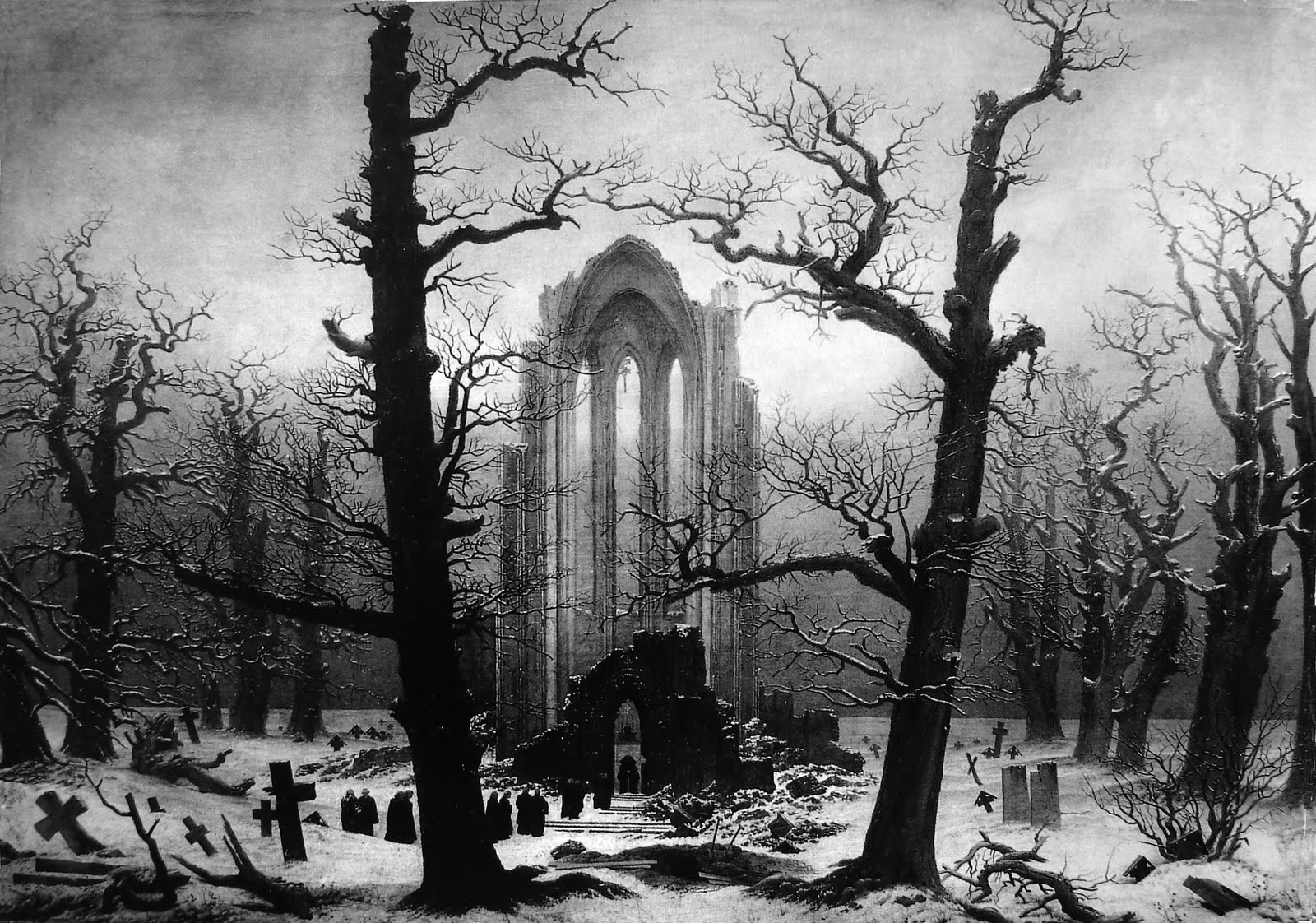
Caspar David Friedrich, “Monastery Graveyard in Snow” (1819)
I
A pervasive interest in the association of natural space with the sacred is a noticeable tendency in the work of some important Traditionalists. Tolkien, for instance, epitomises this tendency, from specific references that root his landscape in place and time, to his elaborated Ent-lore. One thinks also of Caspar David Friedrich’s painting Monastery Graveyard in Snow (1819), with its haunting representation of a ruined, lone Gothic arch in the dead of winter, assimilated into a primeval natural landscape of mighty, ancient oaks, their haggard branches reaching to the heavens in reverence. Something is activated in the makeup of a certain kind of traditionalist by the association of natural space and the numinous, which is embodied by the sacred grove. Aesthetically, it initiates a form that encompasses, in living yet solid actuality, the complicated feeling or tone – well beyond mere emotion – that subsists between sober, stark reverence, and painful beauty, a mode every traditionalist instinctively knows in one form or another. A sense of the sacred is essential for any culture. Frithjof Schuon, the great German perennialist wrote:
The sense of the sacred: this phrase gives felicitous expression to a dimension that should never absent from either metaphysical thought or everyday life; it is this that gives birth to the liturgies, and without it there is no faith. The sense of the sacred, accompanied by dignity, incorruptibility, patience, and generosity, is the key to integral faith and the supernatural virtues inherent in it.1
Some would argue a culture does not exist until it has for itself this sense of the sacred. This essay is concerned with the relationship between this sense and the physical space around us. It will first establish the archetypal underpinnings of sacred space, before turning to consider actual manifestations of such sacral feeling in our historical cultures and their implications for the modern Traditionalist.
II
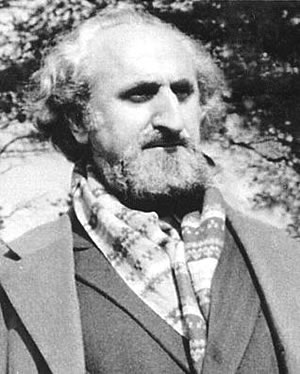
Frithjof Schuon (b. 1907 d. 1988)
What is meant by ‘sacred space’? According to Mircea Eliade, all microcosms possess a Centre, a place holy above all where ‘the sacred manifests itself in its totality, either in the form of elementary hierophanies, as it does among the “primitives” or else in the more evolved form of the direct epiphanies of divinities as in the traditional civilisations.’2 It is not to be understood literally as a geometrical centre, however – indeed, traditional societies recognise an unlimited number of Centres, every temple or palace, for instance.3 This centrality and sacrality, rather, proceeds from the conception of such space as a zone of intersection between the lower and higher cosmic regions, thus as a space partaking of absolute, total and ‘indubitable reality’ that was manifested through ‘hiero-cosmic symbols’.4 The idea is familiar enough in the conception of all sacred buildings: the Italic temple was explicitly a gateway to both celestial and infernal realms;5 the arches of the Gothic cathedral receive floods of light from the newly risen sun, while its crypts reach to the bowels of the earth; the spire of the humblest English parish church soars confidently to the heavens, its tumbling graves rooted in centuries of so much ashes and dust.

Mircea Eliade (b. 1907 d. 1986)
Whilst it can easily be seen that Classical models of the gilded sanctuary reproducing the universe in its essence were easily transferred to medieval Christianity,6 the origins of European sacred space are undoubtedly to be found much earlier in the wooded groves of more primitive times. Naturally, in these times, the tree itself formed the axis mundi, the Centre of sacred reality between the worlds. Unsurprisingly, it is near-universally a fundamental archetype of the human spirit, from Europe to central Asia, from the Near East to the Far East. Indeed, the ‘most widely distributed variant of the symbolism of the Centre is the Cosmic Tree, situated in the middle of the Universe, and upholding the three worlds upon one axis … whose roots plunged down into Hell, and whose branches reached to Heaven.’7 At the most basic level, its suitability as cosmic gateway is secured by its essence as a symbol of life, death and rebirth.8 It represents a power, for which it was never adored in and of itself, but always for what it revealed. By ‘simply being there (“power”) and by its natural layers of development (“regeneration”), the tree re-enacts what, to the primitive understanding, is the whole cosmos. To the more developed civilisation, it transmutes to symbol of the universe.’9 The Cosmic Tree expresses the sacrality of the world, its fertility and perenniality, thus relating to the ideas of creation, fecundity, and initiation, and finally to the idea of absolute reality and immortality.’10 In the paradox of death and regeneration, their changefulness and endurance, this ‘symbolic currency’ provides the starkest reminder to man of the essential seasonality and cyclicality of all life.11
The association of the tree with sacred space thus proceeds directly from this ascribed significance as the point of communication where a breakthrough between worlds could occur.12 Within actual traditions, the Cosmic Tree finds a variety of symbolic contexts, usually with other archetypes, or specific rituals that are often fossilised as myth. Particularly frequent is the association with rock and water. Tree, stone altar and spring as triplicity symbolise, in turn, regenerating power of the sacred, supreme reality and purification.13 Such was common to both Hellenic and Near Eastern traditions. In terms of ritual, the tree was, from the earliest times, associated with the essence of shamanism, providing the axis for which the soul of the ecstatic shaman could fly up or down in order to traverse the three worlds.14 With an understanding of the general archetypal and ritualistic significance of the tree as a sacred space, let us direct our focus to specific examples.
III
The Indo-Europeans were in some way accustomed to cosmicising the space in which they lived,15 much of which, especially in Europe, involved the sanctification of wooded groves, and the development of mythos around tree devotion.16 Indeed, the etymology of our word ‘tree’ derives from the Proto Indo-European roots *dor-u- or *der-u- and persists in the various daughter languages. Vedic Sanskrit drú- ‘wood’, dā́ru- ‘wood’; Avestan dāuru; Greek dóru ‘beam’, typically in Homer ‘spear’, drũs ‘tree’, though almost always ‘oak’; Old Irish daur ‘oak’; Old English treow ‘tree’; Old Church Slavonic drěvo ‘wood’, ‘tree’. Semantically, the root encompassed a range of meanings. The Sanskrit devadāru ‘Deodar cedar’, literally ‘god-tree’ is often associated with the Śiva and his consort Pārvatī,17 continues an Indo-European etymology. Among several cosmogonies, the Indo-Aryan traditions seem to have possessed, at least marginally, an idea of the world tree, as this verse in the Rig Veda shows:
kíṃ svid vánaṃ ká u sá vṛkṣá āsa yáto dyā́vāpṛthivī niṣṭatakṣúḥ
saṃtasthāné ajáre itáūtī áhāni pūrvīruṣáso jaranta
RV 10.31. 7
[What was the tree, what wood, in sooth, produced it, from which they fashioned forth the Earth and Heaven?/These twain stand fast and do not grow old for ever: these have sung praise to many a day and morning.]
The Atharva Veda speaks of skambha, a kind of cosmic pillar, separating heaven and earth:
skambhénemé víṣṭabhite dyaúś ca bhū́miś ca tiṣṭhataḥ
skambhá idáṃ sárvam ātmanvád yát prāṇán nimiṣác ca yát
…
āvíḥ sán níhitaṃ gúhā járan nā́ma mahát padám
tátredáṃ sárvam ā́rpitam éjat prāṇát prátiṣṭhitam
AVŚ 10.8. 2, 6
[Because of skambha stand heaven and earth separate and fixed in place./In it dwells everything that lives and breathes, all that open and close the eye.
…
Though manifest, it is concealed. ‘Ancient’ is its name, a great being./On it is established the entire universe, everything that moves and breathes.]
These sparse references show there are some possible echoes of an earlier mythical archetype in the Indo-Aryan traditions, though they do remain somewhat marginal to Indic belief at large.
In contrast to the slimmer attestations in Indo-Aryan, the traditions of Europe developed a fully-fledged sense of the sacred that was intimately connected with the grove. Reconceived as civilisation developed, trunks were transformed into Greek columns with wreaths of foliage,18 and the new holy spaces continued to be decked with greenery.19 The Celts, who once occupied a space stretching right across the centre of Europe from Britain to Anatolia, are known to have institutionalised natural worship. The highest social order were the druids – priests, doctors, poets and jurists, who wielded immense power in their societies. The word druid indeed derives from Proto-Celtic *dru-wid-s, a compound likely meaning ‘oak-knower’ or ‘oak-seer’, which indicates the importance of the tree in interpreting sacred realities. The oak was clearly regarded as particularly sacred, and our modern traditions of mistletoe likely derive from a Celtic ritual described by Pliny the Elder in Naturalis Historia :
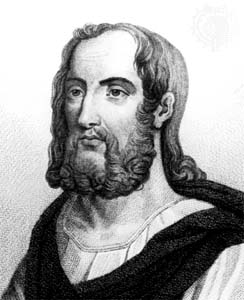
Gaius Plinius Secundus (“Pliny the Elder”) (b. 23 d. 79 AD)
Nihil habent Druidae – ita suos appellant magos – visco et arbore, in qua gignatur, si modo sit robur, sacratius. Iam per se roborum eligunt lucos nec ulla sacra sine earum fronde conficiunt, ut inde appellati quoque interpretatione Graeca possint Druidae videri. Enimvero quidquid adgnascatur illis e caelo missum putant signumque esse electae ab ipso deo arboris. Est autem id rarum admodum inventu et repertum magna religione petitur et ante omnia sexta luna, quae principia mensum annorumque his facit et saeculi post tricesimum annum, quia iam virium abunde habeat nec sit sui dimidia. Omnia sanantem appellant suo vocabulo. Sacrificio epulisque rite sub arbore conparatis duos admovent candidi coloris tauros, quorum cornua tum primum vinciantur. Sacerdos candida veste cultus arborem scandit, falce aurea demetit, candido id excipitur sago. Tum deinde victimas immolant praecantes, suum donum deus prosperum faciat iis quibus dederit. Fecunditatem eo poto dari cuicumque animalium sterili arbitrantur, contra venena esse omnia remedio. Tanta gentium in rebus frivolis plerumque religio est.
[The druids – that is what they call their magicians – hold nothing more sacred than the mistletoe and a tree on which it is growing, provided it is a hard-timbered oak. Mistletoe is rare and when found it is gathered with great ceremony, and particularly on the sixth day of the moon… Hailing the moon in a native word that means ‘healing all things,’ they prepare a ritual sacrifice and banquet beneath a tree and bring up two white bulls, whose horns are bound for the first time on this occasion. A priest arrayed in white vestments climbs the tree and, with a golden sickle, cuts down the mistletoe, which is caught in a white cloak. Then finally they kill the victims, praying to a god to render his gift propitious to those on whom he has bestowed it. They believe that mistletoe given in drink will impart fertility to any animal that is barren and that it is an antidote to all poisons.]20
There was apparently an association between an Indo-European sky god, rain, thunder and the oak tree. For the Celts, the image of Taranis (their equivalent of Zeus, carrying thunder bolt and sun wheel) was manifested in a tall oak.21 For the Germanic peoples, the oak was also sacred to Donar (Thor), also a thunder god sharing a common root with Taranis, from *tanar- meaning ‘the thunderer’. The oracle of Zeus at Dodona in north-west Greece was an oaken grove, also attesting to the connection between thunder god, tree and revelation of sacred realities. Jupiter (from the same root as Zeus, *dyḗus ph₂tḗr ‘sky-father’) was from the earliest times also associated with the oak, and the grove at Nemi, which forms the centrepiece of Frazer’s The Golden Bough, involved a ritual plucking of a sacred wood which retains the deity’s power and is transferred perennially to the priest-king. For both the Slavic and Baltic peoples, the oak forest was associated with the thunder gods Perun and Perkunas, respectively. These deities derive from another Indo-European sky deity *perkwunos, explicitly connected with the word for oak *pérkwus, both possibly formed from a verbal root *per- ‘strike’, which would indicate a further possible connections to the Indo-Aryan Parjánya, god of the thunder cloud. These correspondences led Frazer to conclude that ‘a god of the oak, the thunder, and the rain was worshipped of old by all the main branches of the Aryan stock in Europe, and was indeed the chief deity of their pantheon.’22
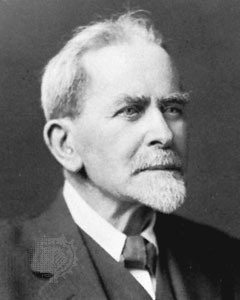
James Frazer (b. 1854 d. 1941)
That the tree was centre of sacred reality for the Celts is best attested in the Irish traditions. Five huge trees, or bile, were believed to have stood in the centre of the four provinces and one in the centre of Ireland: the oak, yew and three ashes. They were ‘regarded as the source of sacred wisdom and were closely associated with the druids as the men of learning responsible for maintaining forms of sacred wisdom’.23 The association also extended to sacral kingship. It was held that the trees were made manifest at the birth of Conn Cétchathach, a legendary ancestor of the high kings of Ireland. In terms of ritual, the rí (king), elected from among the other royal members of the warrior order to lead the túath (kingdom), was crowned beneath the sacred tree of the province. The tree embodied the wisdom of the poet, and effected a hierophany of sovereignty which sealed the association of king, priest and master of the sacred word was.24 Only the druid (poet) and king could enter the sacred space, often including a well or altar, where poet transferred a hazel staff to the king whilst orally consecrating the kingship.25
Eliade’s concept of the centre as sacred space with an axis between the worlds can clearly be seen in these rituals and beliefs. The bile, ‘as one of the most ancient living things rooted the tribe in history and served, in concrete form, as a way of making time and its passage comprehensible to men.’26 One Old Irish alliterative poem gives us an indication of the kinds of litanies that may have been invoked in such ceremonies:
| Eo Rosa. Roth ruirech. Recht flatha. Fuiam tuinni. Dech duilib. Diriuch dronchrand Dia dronbale Dor nime. Nerl n-aiede. Fó foirne. Fer ferbglan. Gart lánmar. Tren trinoil. Dam toimsi. Maith máthar Mac Maire. Muir mothach Miad maisse Mal menman Mind n-angel. Nuall betha. Blad Banba. Brig buada. Breth bunaid. Brath brethach. Brosna suad. Saeiu crannaib. Clu Galion Caemiu dossaib. Dín bethra. Brig bethad Bricht n-eolaris. Eo Rosa. |
Tree of Ross! A king’s wheel, A prince’s right, A wave’s noise, Best of creatures, A straight firm tree, A firm strong god, Door of heaven, Strength of a building, The good of a crew, A word-pure man, Full-great bounty: The Trinity’s mighty one, A measure’s house, A mother’s good, Mary’s song, A fruitful tree, Beauty’s honour, A mind’s lord, Diadem of angels, Shout of the world, Banba’s renown, Might of victory, Judgement of origin, Judicial doom, Wood of sages, Noblest of trees, Glory of Leinster, Dearest of bushes, A bear’s defense, Vigour of life, Spell of knowledge, Tree of Ross! |
It is from the traditions of the Germanic cultures that we receive the clearest indication of the veneration of sacred groves in northern Europe. As with Celtic practice, Roman authors have left us similar observations with respect to the related Teutonic peoples. In Germania, Tacitus indicates the importance of the grove to worship:
Ceterum nec cohibere parietibus deos neque in ullam humani oris speiceim assimulare ex magnitudine caelestium arbitrantur: lucos ac nemora consecrant deorumque nominibus appellant secretum illud, quod sola reverential vident.
Germania IX
[The Germans do not think it consistent with the divine majesty to confine their gods within walls or to portray them in the likeness of any human form. Their holy places are woods and groves, and they apply the names of the deities to that hidden presence which is seen only by the eye of reverence.]
Whilst there may not have been statues of gods in these groves, they were replete with symbols and effigies of various kinds. It is reported certain emblems and symbols were taken from the groves onto the battlefield.27 We have specific information about some of these groves. A group of north-sea tribes, the Anglii included, apparently worshipped Nerthus (earth) on an ‘inviolate’ island grove containing the goddess’ sacred chariot, which was ritually cleansed in a sacred lake by slaves who were then drowned.28 Likewise, the Naharvali possessed a grove to twin deities,29 very possibly the Germanic reflexes of the Indo-European horse-twins. These deities appear in other traditions as the Vedic Aśvins, Romulus and Remus, Castor and Polydeukes, Hengist and Horsa and possibly the sons of the Gaulish horse goddess Epona, a beneficent pair associated with horses and the founding of cities. As for the Semnones, we learn there was a grove regarded as the centre of all cultic practice, and cradle of the tribe ‘hallowed by the auguries of the ancestors and by immemorial awe.’30 It has even been suggested that the round church – older than the familiar rectangular design, and native to all Germanic lands – was a development of the grove sanctuary.31
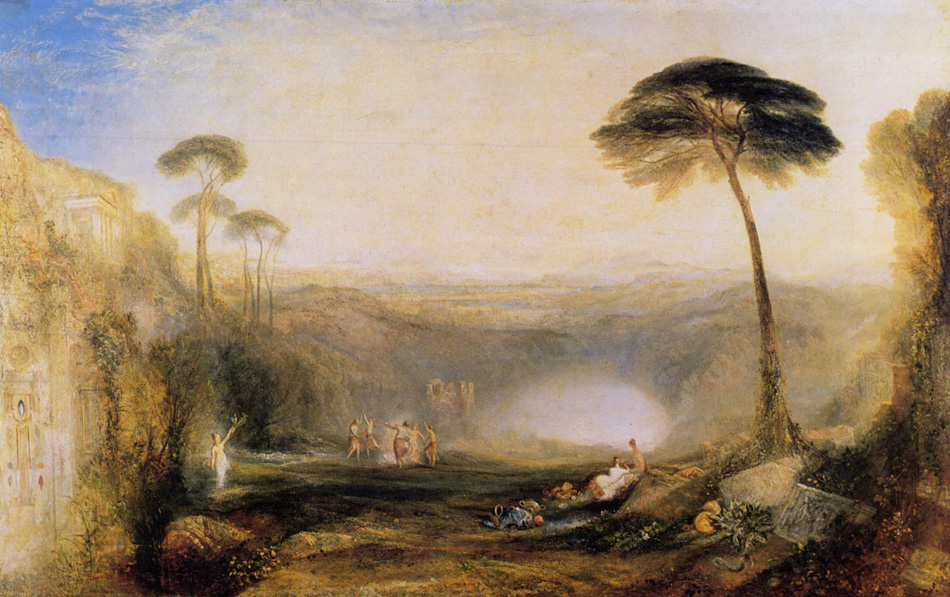
J. M. W. Turner, “The Golden Bough” (1834)
Indeed, the early medieval church, like the Romans before them, recognised the power and significance of barbarian sacred space and was careful to utilise it. In his subjugation of the Saxons, Charlemagne famously felled Irminsul, a great tree (or possibly wooden pillar) at the centre of the cultural and religious life of the tribe. The meaning of Irmin is somewhat unclear. It is an epithet for a deity, probably signifying strength and auspiciousness. Its etymology might derive from the root *h1erós- (Sanskrit Aryaman, Old Irish Eremon, Gaulish Ariomannus), meaning health and assistance.32 Another story lends a remarkable example of the transition of belief and practice. In his conversion of the Hessians, the Anglo-Saxon Saint Boniface is said to have personally felled an oak ‘of extraordinary size’ where Donar was worshiped with sacrifice each Yuletide. Not only was the wood used to erect a church in its place,33 but the Saint is said to have inaugurated the veneration of a small fir tree in its place, as evergreen symbol of eternal life in the risen Christ. Hence, the origin of the Christmas tree, the most obvious manifestation of northern European tree-veneration to have persisted to this day.
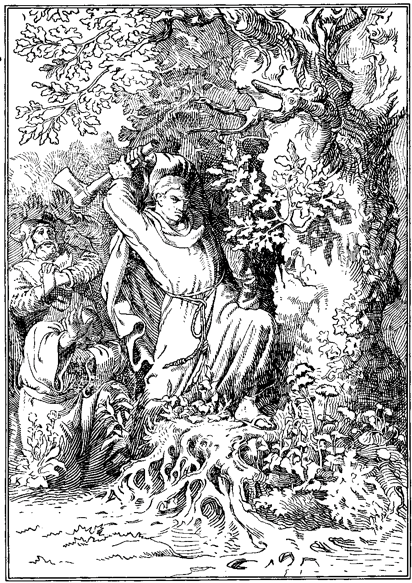
Rituals involving runes also seem to have been connected with groves. For the purposes of divination, the priests would cast runes carved onto strips of hazel wood at random.34 We know that the hazel wand was also sacred to the Celtic rituals, such as the coronation of the king and associated with divine wisdom imparted by the sacred wood.35 Both traditions also associated the yew tree with such magic, and it has been suggested that at one stage the divination of runes was shared practice among the Celts and Germans.36 Today, the yew is still typically associated with churchyards, especially in Britain, but also in Europe. Indeed, it is generally believed that the sacred tree at the temple of Uppsala in Sweden (now a cathedral) was a large yew of extreme old age.
As for mythology, Yggdrasil, known to us from Old Norse traditions, ‘is the cosmic tree par excellence’.37 This great oak (or ash, traditions differ) connects the nine worlds that made up the Norse (and possibly pan-Germanic) cosmos. In its branches dwell an eagle that battles with the great worm Nidhogg who constantly gnaws at the roots trying to destroy the tree. Just as Eliade describes the recurrent archetype of tree, altar and spring, we find nearby the world tree the fountains Mimir (memory) and Urd (fate) where the gods daily held counsel. With this mythology in mind, the groves described by Tacitus can clearly be understood as the recreation of myth as sacred reality through ritual.
Mythology, ritual and sacred reality are perhaps no better harmonised than in the figure of Odin, or Woden, who hung himself, pierced with a spear, on the World Tree in order to learn the wisdom of the runes, hence the tree’s epithet Yggdrassil, a kenning for ‘Ygg’s horse’:
| Veit ek at ek hekk vindga meiði á nætr allar níu geiri undaðr ok gefinn Óðni sjálfr sjálfum mér á þeim meiði er manngi veit hvers hann af rótum rennVið hleifi mik sældu né við hornigi nýsta ek niðr nam ek upp rúnar œpandi nam fell ek aptr þaðan |
I know that I hung upon a windy tree for nine whole nights, wounded with a spear and given to Othinn, myself to myself for me; on that tree I knew nothing of what kind of roots it came from.They cheered me with a loaf and not with any horn, I investigated down below, I took up the runes, screaming I took them, and I fell back from there. Hávamál 138-139 |
A reflex of this myth is alluded to in the Anglo-Saxon Nine Herbs Charm:
| Fille and Finule, fela mihtigu twā, þā wyrte gescēop wītig drihten, hālig on heofonum, þā he hongode. Sette and saende on VII worulde earmum and ēadigum eallum tō bōte. |
Thyme and Fennel, an exceeding mighty two, these herbs the wise Lord created, Holy in heaven, while hanging. He laid and placed them in the seven worlds, as a help for the poor and the rich alike. |
As is apparent in the Old English example, native Germanic practice was very easily translated into the newly emerging Christian belief, which was the beginning of a rich folk tradition in the Middle Ages which incorporated these earlier patterns with the biblical the Garden of Eden and the Calvary, sustaining the power of the grove as a pre-dominant, sacred meme for European cultures.
IV
Today, large sections of the political left claim a monopoly over the natural environment. Mainstream conservative movements, for various reasons, are bereft of a language in which to speak realistically and convincingly on these issues. Roger Scruton’s recent Green Philosophy has made an important contribution in this regard, establishing the concern of natural space within the broader matrix of issues affecting the spirit of Western civilisation. Scruton urges:
Will you stand by the gnarled oak of Englishness or will you bring on the bulldozers of soulless modernity? Can you appreciate beauty or are you an enraged devotee of contemporary art? Do you want wholesome food or tasteless, shrink-wrapped crap? Do you care about western civilisation or would you be happy to see it demolished?38

Roger Scruton
The growth of modern ‘green’ movements is complex. In view of what I have tried to demonstrate in this essay, one cannot help but remark that such movements had their origins in northern Europe, particularly in Germany, where they remain very prominent to this day. The Anglo-Saxon world ultimately forms the largest global advocate for conservationist ideas. As political ideology, however, such movements are thoroughly decadent, largely being vehicles for various post-modernisms. Fundamentally divorced from particularist senses of the sacred, detached, ancient instincts flail and hypertrophy in a state of sclerotic dissociation from the controlling matrix of sacred inter-relations. It is possible that ‘green’ movements partially express an atavistic longing, particularly in the diasporas of the United States, Australia and New Zealand, for that intimate connection that their ancestors knew as birthright between natural and cultural space, the organic and the sacred, replete with primal feeling, yet ill-intended. Recognising the inherent, free-floating ethno-cultural emotional capital, revolutionary globalists seized on its potentiality for ideological ends, and the naïve, devoid of the once-stabilising affiliation of their urges and longings with the sacred, have put themselves at the service of the new secular organised religion.
With this in mind, Traditionalists should seek to create a space in ‘the discourse’ for themselves which is rooted and immune from the decadence of post-modern ills. What better time to be reminded of the connection between the sacred sense and natural space than in December, during Yuletide, when the Christmas trees in our homes, shining, replete with light in darkness, temporarily form a centre of sacred reality, pathway to other worlds, and nexus between those who are living, those who are dead, and those who are yet to be born.
– Thurlow Kent
The author is a Traditionalist writer with antiquarian interests.
Endnotes
- Frithjof Schuon, Logic and Transcendence, and ed., James S. Cutsinger (World Wisdom, 2009), p. 175.
- Mircea Eliade, Images and Symbols (Princeton: Princeton University Press, 1961), p. 39.
- Eliade, The Myth of the Eternal Return: Cosmos and History, Willard R. Trask, (Princeton: Princeton University Press, 1971), p. 15. Originally published in French as Le Mythe de l’éternel retour: archetypes et répétetion (1949).
- Ibid., p. 40.
- Ibid., p. 41.
- Eliade, The Myth of the Eternal Return, 17.
- Eliade, Images and Symbols, 44.
- Della Hooke, Trees in Anglo-Saxon England: Literature, Lore and Landscape (Woodbridge: The Boydell Press, 2010), p. 3.
- Eliade, Patterns in Comparative Religion, Rosemary Sheed (London: Sheed & Ward, 1958), p. 269.
- Eliade, Shamanism: Archaic Techniques of Ecstasy, Willard R. Trask (Princeton: Princeton University Press, 1964), p. 271. Originally published in French as Le Chamanisme et les techniques archaïques de l’extase (1951).
- Aldhouse-Green, Seeing the Wood for the Trees: the Symbolism of Trees and Wood in Ancient Gaul and Britain (Aberystwyth, 2000), p. 23.
- Eliade, Patterns in Comparative Religion, 111.
- Ibid., p. 271.
- Eliade, Shamanism, 259.
- Emily B. Lyle, ‘Dumézil’s Three Functions and Indo-European Cosmic Structure’, History of Religions, 22(1) (Aug. 1982), p. 25.
- Hooke, p. 5.
- Albertina Nugteren, Belief, Bounty and Beauty: Rituals around Sacred Trees in India (Leiden: Koninklijke Brill, 2005), p. 69.
- Hooke, p. 9.
- Ronald Hutton, The Rise and Fall of Merry England: the Ritual Year 1400-1700 (Oxford: Oxford University Press, 1994), p. 30.
- Pliny the Elder, Natural History XVI, 95.
- G. Frazer, The Golden Bough XV.
- Ibid.
- Hooke, p. 13.
- Alden Watson, ‘The King, the Poet and the Sacred Tree’ in Études Celtiques 165-80, p. 175.
- Ibid., p. 177.
- Ibid., p. 179.
- Germania VII
- Ibid., 40.
- Ibid., 43.
- Ibid., 39.
- Munro Chadwick, ‘The Oak and the Thunder-God’, The Journal of the Anthropological Institute of Great Britain and Ireland, Vol. 30 (1900), p. 28.
- P. Mallory & D.Q. Adams, The Oxford Introduction to Proto-Indo-European and the Proto-Indo-European World (Oxford: Oxford University Press, 2006), p. 433.
- Willibald, Life of Saint Boniface.
- Germania
- Watson, pp. 166-167.
- Ralph W. Elliott, ‘Runes, Yews and Magic’ Speculum 32 No. 2, Apr. 1957, p. 251.
- Eliade, Patterns in Comparative Religion, 276.
- Roger Scruton, Green Philosophy: How to think Seriously about the Planet (Atlantic Books, 2012).
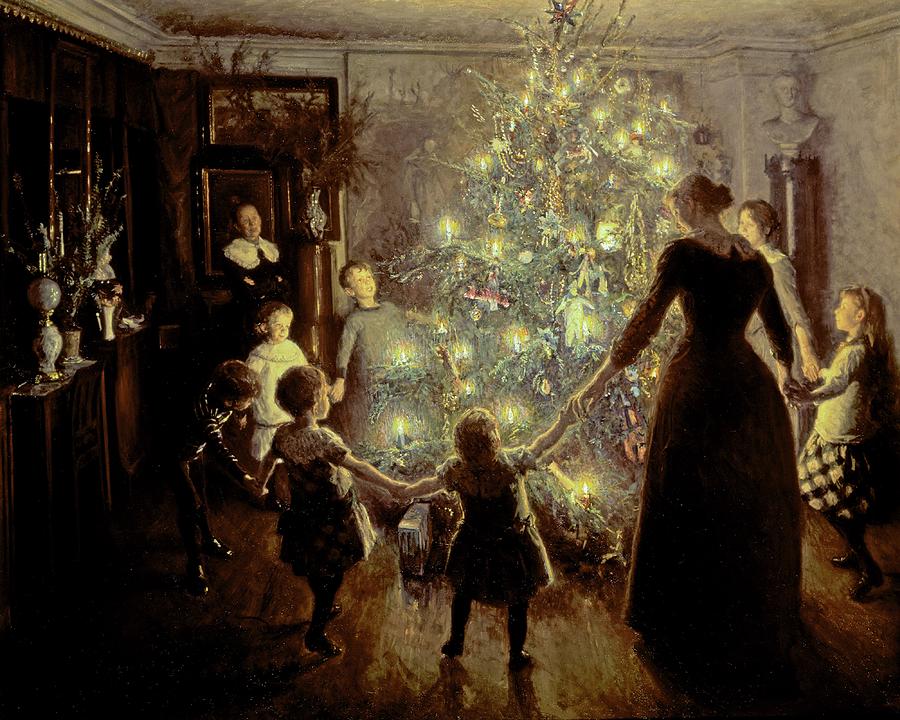
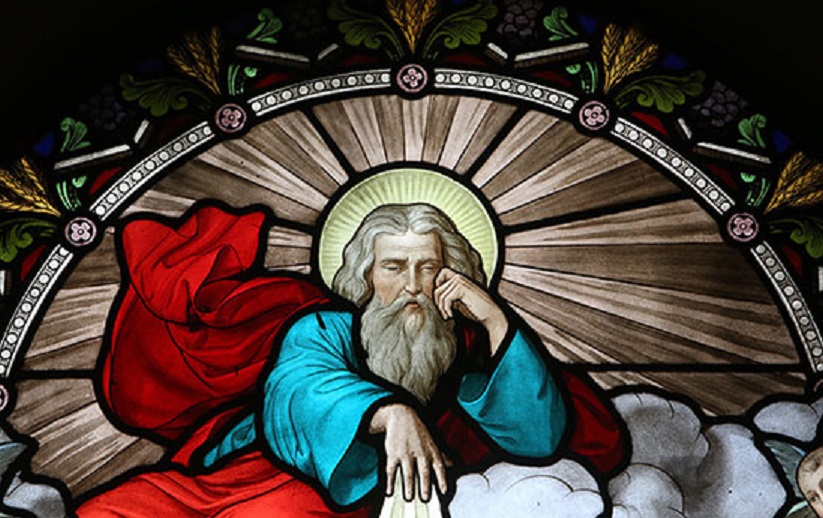


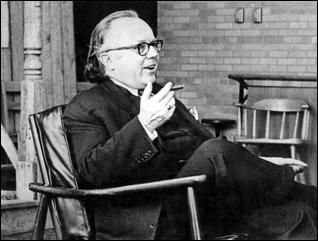
Reblogged this on Gwendolyn Taunton.